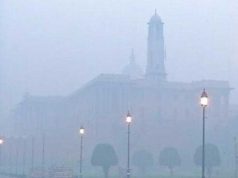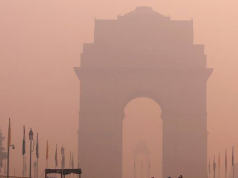A computer model used by researchers calculated ozone levels during crop growing seasons that were more than 40 to 50 parts per billion over most of the country. The team ran the model with different emissions estimates to come up with an average amount of each crop that was lost due to ozone pollution.
India’s economic loss from ozone’s harm to crops amounted to $ 1.29 billion in 2005, the study found. Declines in rice and wheat crops made up the majority of the loss, accounting for a combined $ 1.16 billion in losses, according to the new research.
Despite air quality standards passed in the 1980s to curb industrial and vehicle emissions, cities in India are some of the most polluted in the world, according to the World Health Organization (WHO). The number of vehicles on the road in India has nearly tripled in the past decade, with 130 million vehicles on the road in 2013 compared to 50 million in 2003, according to the International Council on Clean Transportation.
Long-term measurements of surface ozone over India – measured on the ground or by aircraft – are not available, making it difficult to get a clear picture of how ozone levels in the country have changed, Ghude said. But satellite-based studies show ozone has increased over the country in the last two decades, Ghude said. Warmer temperatures that are expected with climate change could also increase ground-level ozone, according to previous research.
Check the following link to read/download the Full Study – “Reductions in India’s Crop Yield due to Ozone”:
http://onlinelibrary.wiley.com/doi/10.1002/2014GL060930/abstract
Source: Scripps Institution of Oceanography, UC San Diego.














